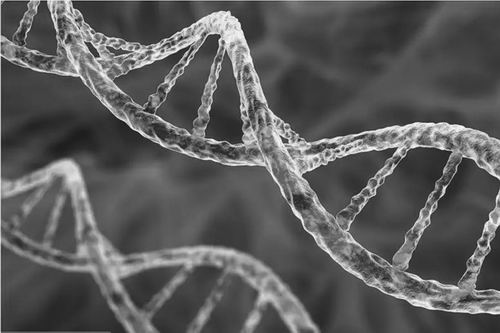Nuclear radiation refers to the radiation emitted by radioactive materials, including alpha particles, beta particles, gamma rays and neutrons. These radiation have enough energy to penetrate human tissues and cause direct or indirect damage to biological cells. The harmfulness of nuclear radiation is mainly reflected in the following aspects:
1. Cell damage: Nuclear radiation can destroy the molecular structure of cells, including DNA, RNA and proteins, resulting in abnormal cell function or death.
2. Genetic mutations: Radiation causes DNA damage and may cause genetic mutations that, if they occur in germ cells, may be passed on to future generations.
3. Cancer: Nuclear radiation is one of the known carcinogenic factors, which can increase the risk of cancer, especially leukemia and other radiation-sensitive tumors.
4. Cardiovascular disease: Long-term exposure to radiation may increase the risk of cardiovascular disease.
5. Acute radiation syndrome: Exposure to high doses of radiation over a short period of time can lead to acute radiation syndrome (also known as radiation sickness), with symptoms including nausea, vomiting, diarrhea, headache, dizziness, coma, etc., which can lead to death in severe cases.
6. Effects on fetal development: Exposure of pregnant women to radiation may affect the normal development of the fetus, resulting in birth defects or other health problems.
There are measures we can take to reduce or prevent the harm caused by radiation to humans and the environment. Here are some practical radiation protection tips:
1. Personal protection: You can buy a personal radiation detector to monitor the radiation value of the surrounding environment and prevent it from happening. When necessary, wear protective clothing, protective glasses, masks, gloves and other personal protective equipment to reduce the direct exposure of radiation to the body.
2. Time protection: Reduce the time of exposure to radiation environment. At higher radiation levels, the radiation dose is halved for every half of the exposure time.
3. Distance protection: Increase the distance from the radiation source. The radiation intensity decreases with distance, following the inverse square law, that is, when the distance is doubled, the radiation dose is reduced to a quarter of the original.
4. Shielding protection: Use shielding to block or reduce radiation. Common shielding materials include lead, concrete and water. For example, X-ray rooms in hospitals often use lead plates to shield radiation.
5. Air purification: In environments where radioactive dust may be present, use high efficiency particle air (HEPA) filters to purify the air.
6. Food and water protection: Avoid eating, drinking or contact with food, water and soil that may be contaminated with radioactive materials. In contaminated areas, follow the guidance of local health authorities to ensure the safety of food and water.



